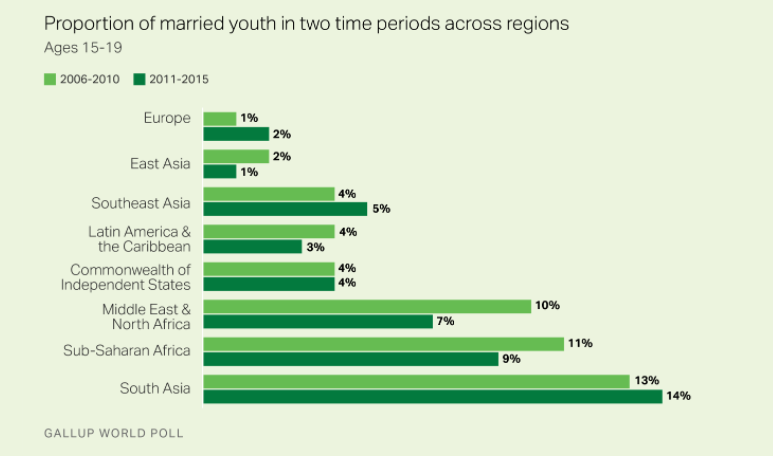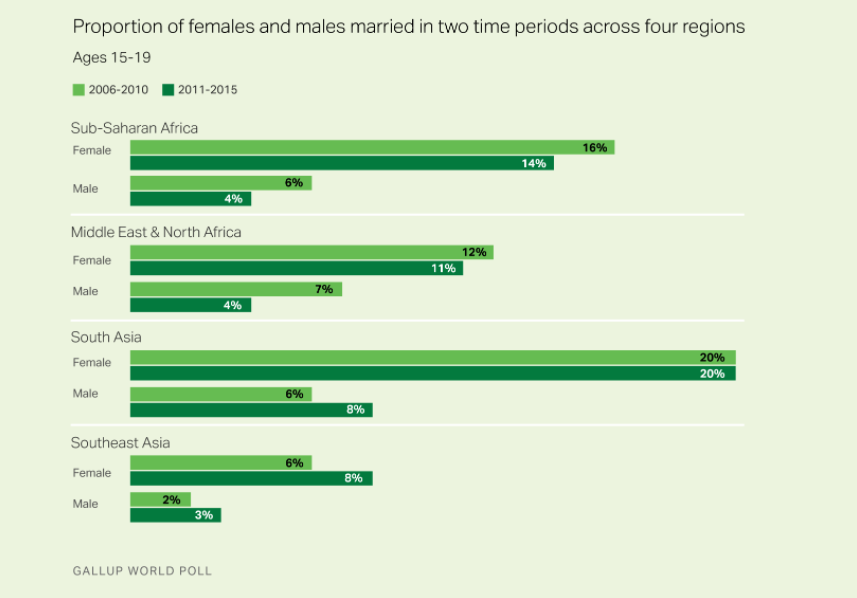Why don’t we eat dogs? That question  will always get student’s attention. The definitions of “appropriate” food are socially constructed and it is often only through norm violations that we see how much stronger the sociological forces are compared to actual biological limitations of the calories available to us. (In a previous post I provided resources for making norm violations for cell phone use clear.)
will always get student’s attention. The definitions of “appropriate” food are socially constructed and it is often only through norm violations that we see how much stronger the sociological forces are compared to actual biological limitations of the calories available to us. (In a previous post I provided resources for making norm violations for cell phone use clear.)
The first tool to help us see the social and cultural forces at work in our food choices is a spoof website called “Pets or Food”. The no defunct site seemed to offer the sale animals that one could purchase as either…you guessed it...pets or food.

Our sense of the “natural” is jolted by reframing what we see as lovable pets into meat that is “just the right size for a pit barbecue.” Cows, chickens, and pigs are food that come in the form of steaks, burgers, strips, ribs, and hot dogs. Beagles on the other hand are pets that we call by name, buy accessories for, and snuggle on the couch with. From a caloric (biological) standpoint, we COULD eat dogs. Culturally, in the US, most find the idea repulsive.
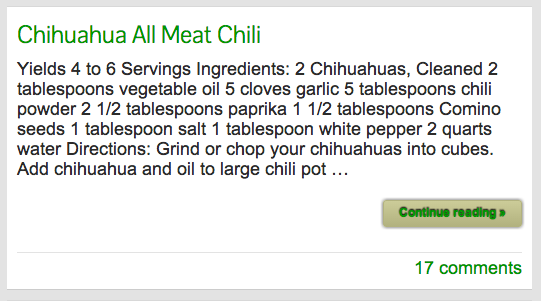
Guinea pigs are one those animals that are given different meanings in different cultural contexts. In the US, they are consider pets. In the Peruvian and Ecuadorian Andes they are important sources of protein. They are small, single-meal-sized (requires no refrigeration like a side of beef), rapidly reproducing animals. While traveling in Peru a number of years ago, I distinctly remember seeing sacks full of live guinea pigs in the market for sale along side fruits and vegetables.
An NPR story explores guinea pig consumption in Peru and their emergence in South American focused restaurants in the US.
You can bring this directly into the classroom with edible bugs – again, a source of protein that is culturally off limits in the US, but biologically possible. I found them at the grocery store once and you can order them online.
Crickets, grubs, and termites are all eaten in other counties, often as delicacies. In western Kenya, the site of much of my research, the first rains of the season bring out swarms of termites from their large earthen mounds that dot the landscape. A flashlight in the dark night attracts the termites. People collect them and sauté then up with a little oil and salt. They taste like popcorn. See this Budget Travel essay for pictures of 13 edible (and eaten) insects from around the world.
Yes, it is biologically required that we eat. What we could eat is much broader than the cultural limits that define what we should eat and what we would even find appetizing. We will only understand this by using our sociological imagination.
An additional resource:
Bon appetit.
Teach well, it matters.

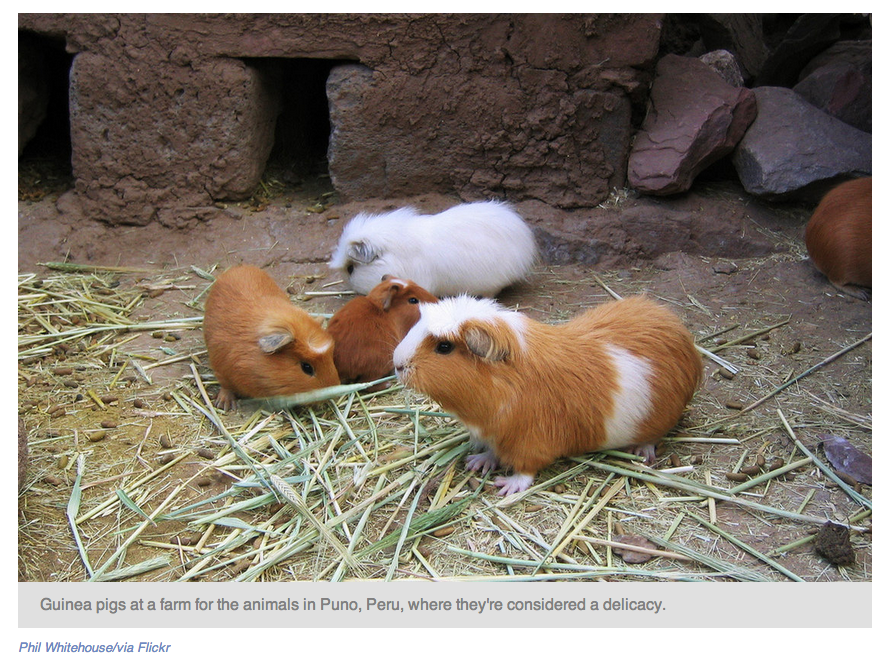
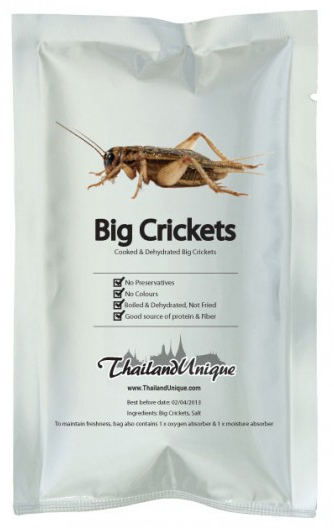
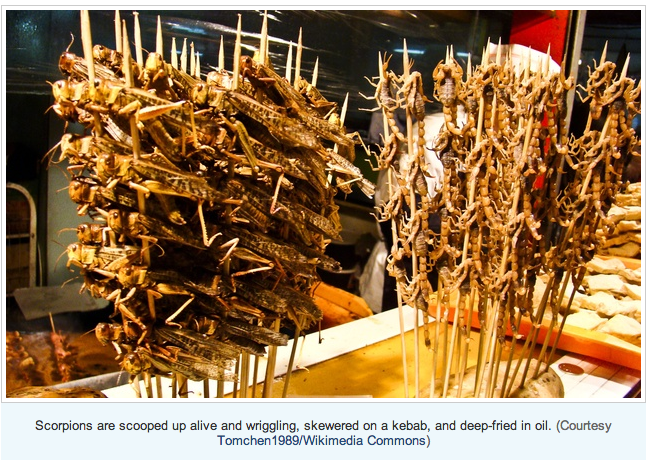
 wage in the US? For any student readers of this blog, you are likely very familiar with what it means to earn minimum wage, but it is also likely that fewer of you rely completely on that income for all of your living needs.
wage in the US? For any student readers of this blog, you are likely very familiar with what it means to earn minimum wage, but it is also likely that fewer of you rely completely on that income for all of your living needs. 







 perception may be that the person and issues behind the holiday honoring the birth of Dr. Martin Luther King is about as relevant and historically recent as the October holiday for Christopher Columbus. Race is not an issue in the U.S. right? Sociologists and racial minorities who live the experience know better.
perception may be that the person and issues behind the holiday honoring the birth of Dr. Martin Luther King is about as relevant and historically recent as the October holiday for Christopher Columbus. Race is not an issue in the U.S. right? Sociologists and racial minorities who live the experience know better.




 something that students have a general idea about, but I find it challenging to remove the abstract nature of the convoluted path that materials take before they end up in a consumer’s hands. Sure, “everything is made in China” blah blah blah, but the story of the global economy is MUCH more complex and filled with people occupying different social contexts.
something that students have a general idea about, but I find it challenging to remove the abstract nature of the convoluted path that materials take before they end up in a consumer’s hands. Sure, “everything is made in China” blah blah blah, but the story of the global economy is MUCH more complex and filled with people occupying different social contexts. 
 the raw cotton is bundled and shipped to Indonesia, Colombia or Bangladesh where it is turned into thread and then fabric – again almost completely by mechanization without human involvement. The video is broken into shorter “chapters” making it a good tool for the classroom. Each chapter break allows for discussion or other augmentations by the instructor.
the raw cotton is bundled and shipped to Indonesia, Colombia or Bangladesh where it is turned into thread and then fabric – again almost completely by mechanization without human involvement. The video is broken into shorter “chapters” making it a good tool for the classroom. Each chapter break allows for discussion or other augmentations by the instructor.

 predicting will not last or cannot be utilized if we are to avoid catastrophic level of climate change. Also, while technology has certainly aided the speed of global trade we should be wary of arguments leaning toward technological determinism. Global trade has been going on for centuries and the increase over the last several decades has been a political and cultural project driven by actors rather than inevitability.
predicting will not last or cannot be utilized if we are to avoid catastrophic level of climate change. Also, while technology has certainly aided the speed of global trade we should be wary of arguments leaning toward technological determinism. Global trade has been going on for centuries and the increase over the last several decades has been a political and cultural project driven by actors rather than inevitability. that they capture in text and photos instead of video include an additional look at two sisters in rural Bangladesh. The other, that I found very relevant to teaching about the global economy is entitled, “’Our Industry Follows Poverty’: Success Threatens A T-Shirt Business”. It looks at differences in production efficiency and how the growth in Colombia’s economy has led to rising wages and subsequently made it less attractive to companies seeking the lowest wages.
that they capture in text and photos instead of video include an additional look at two sisters in rural Bangladesh. The other, that I found very relevant to teaching about the global economy is entitled, “’Our Industry Follows Poverty’: Success Threatens A T-Shirt Business”. It looks at differences in production efficiency and how the growth in Colombia’s economy has led to rising wages and subsequently made it less attractive to companies seeking the lowest wages.





 about an individual based on the erroneous assumptions about the qualities of an entire racial group. What assumptions are made in society today based on the race of another person? In a
about an individual based on the erroneous assumptions about the qualities of an entire racial group. What assumptions are made in society today based on the race of another person? In a  him and asked,
him and asked,  society’s lingering racial stigma placed on Blacks. Earlier this year in Switzerland, Oprah Winfrey was told she could not afford the $38,000 handbag she wanted to purchase.
society’s lingering racial stigma placed on Blacks. Earlier this year in Switzerland, Oprah Winfrey was told she could not afford the $38,000 handbag she wanted to purchase. 
 on Climate Change (IPCC)
on Climate Change (IPCC)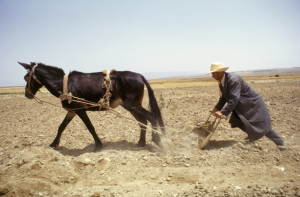


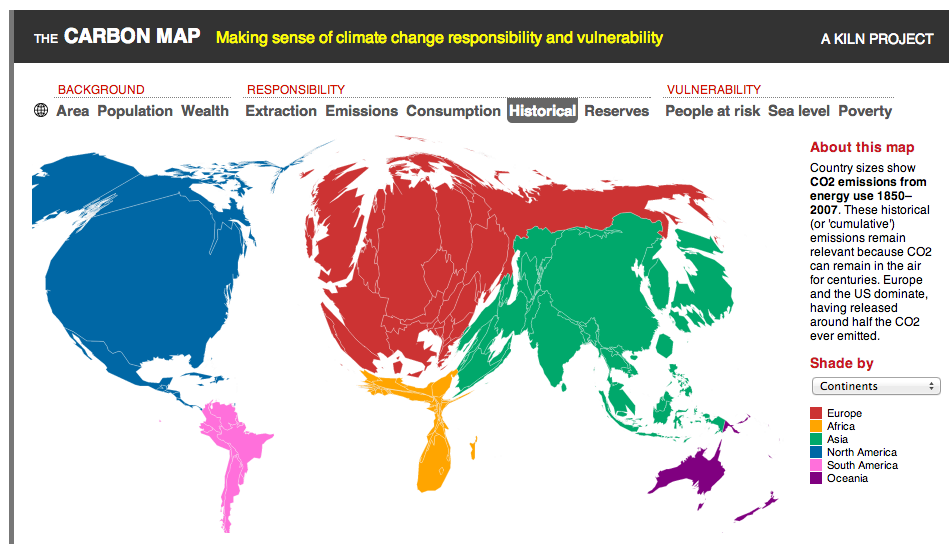


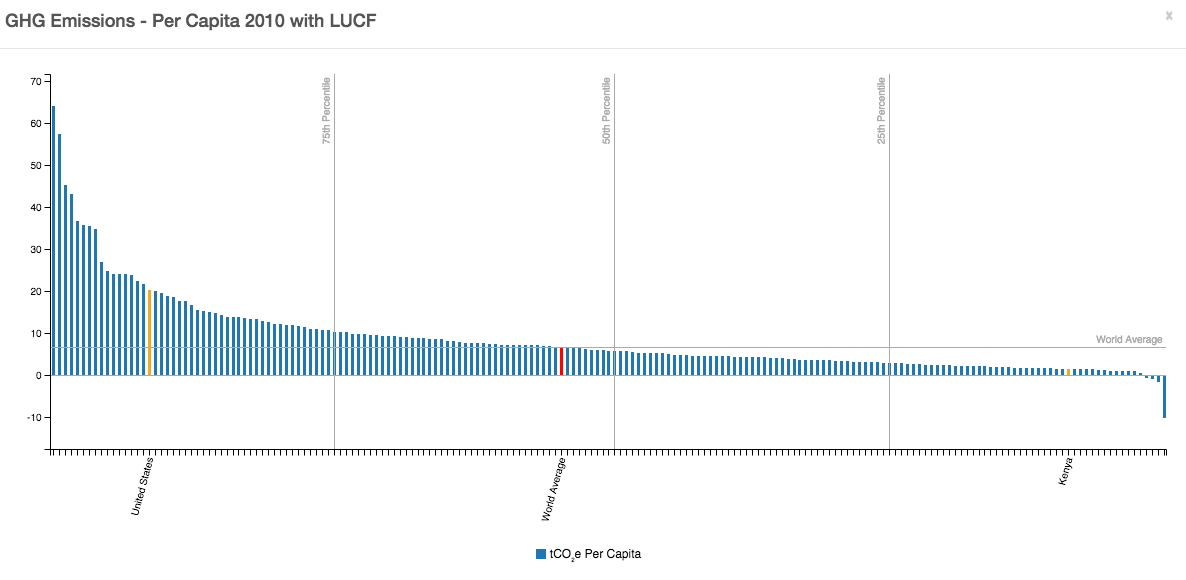

 introductory courses the classic social theory of Max Weber (and others) in a way that makes it consequential and relevant? This is an important question, because it often makes sense to teach Marx, Durkheim, and Weber early in the semester, but they can be complex and the issues may seem distant and well…boring. This semester I have tried to pair short pieces of original scholarship by these thinkers with a contemporary reading that shows a clear parallel.
introductory courses the classic social theory of Max Weber (and others) in a way that makes it consequential and relevant? This is an important question, because it often makes sense to teach Marx, Durkheim, and Weber early in the semester, but they can be complex and the issues may seem distant and well…boring. This semester I have tried to pair short pieces of original scholarship by these thinkers with a contemporary reading that shows a clear parallel. For Max Weber, I assign part of the
For Max Weber, I assign part of the 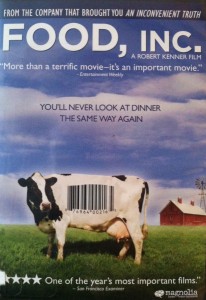
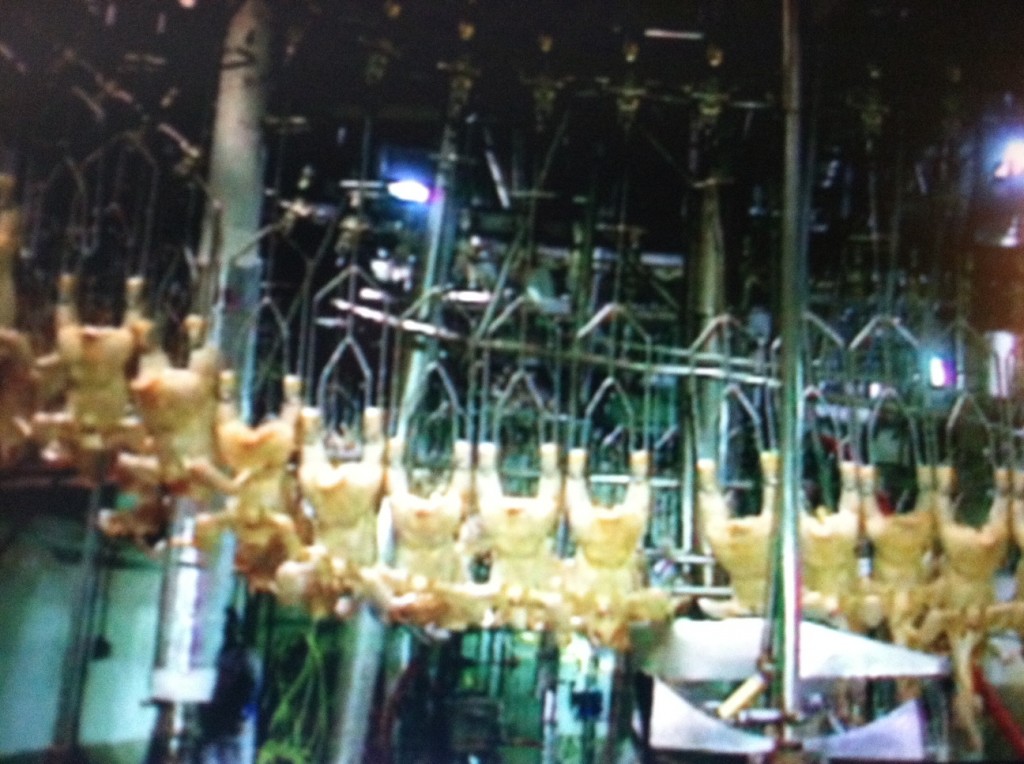


 success of collective action (e.g. Rosa Parks); etc.
success of collective action (e.g. Rosa Parks); etc. Marriage is one of my favorite topics to teach this intersection between individual biography and history. And there are several films or video clips about this topic in other cultures. The first is
Marriage is one of my favorite topics to teach this intersection between individual biography and history. And there are several films or video clips about this topic in other cultures. The first is  with assistance from their maternal aunt’s and uncles, not their biological fathers. Using the sociological imagination, we see that this type of family structure is only even available to a culture where the extended family remains more intact and geographically proximate than the typical, more mobile and geographically disparate families of the US.
with assistance from their maternal aunt’s and uncles, not their biological fathers. Using the sociological imagination, we see that this type of family structure is only even available to a culture where the extended family remains more intact and geographically proximate than the typical, more mobile and geographically disparate families of the US.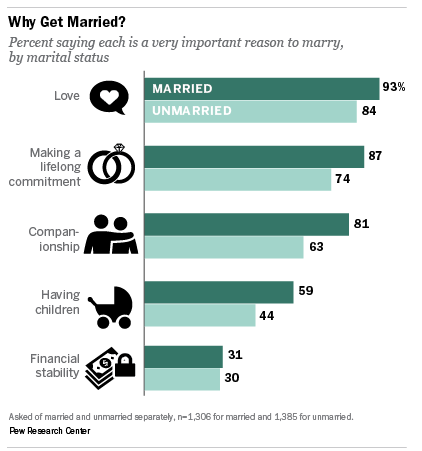
 Another video that exposes students to different cultural norms around marriage is a
Another video that exposes students to different cultural norms around marriage is a 

